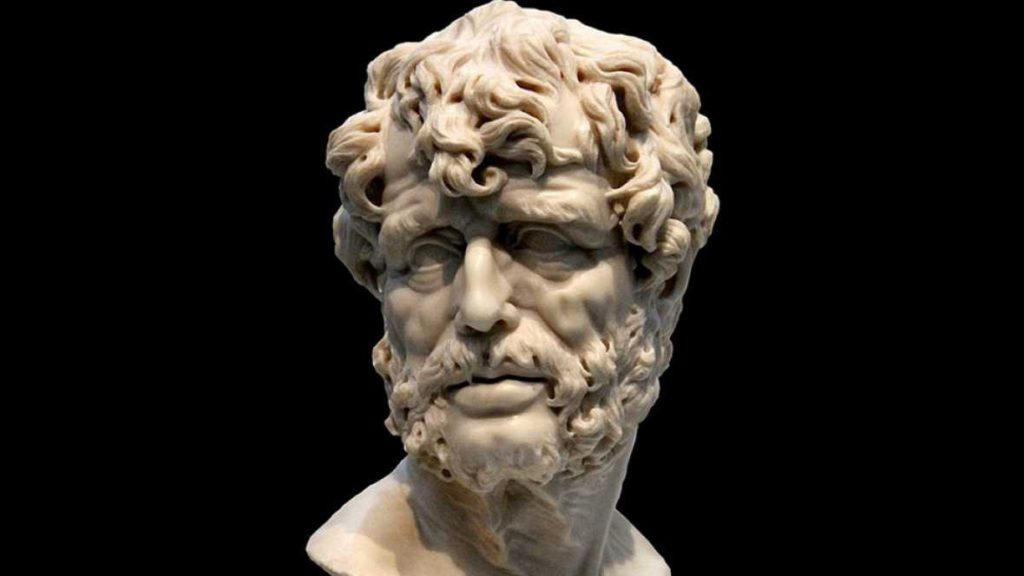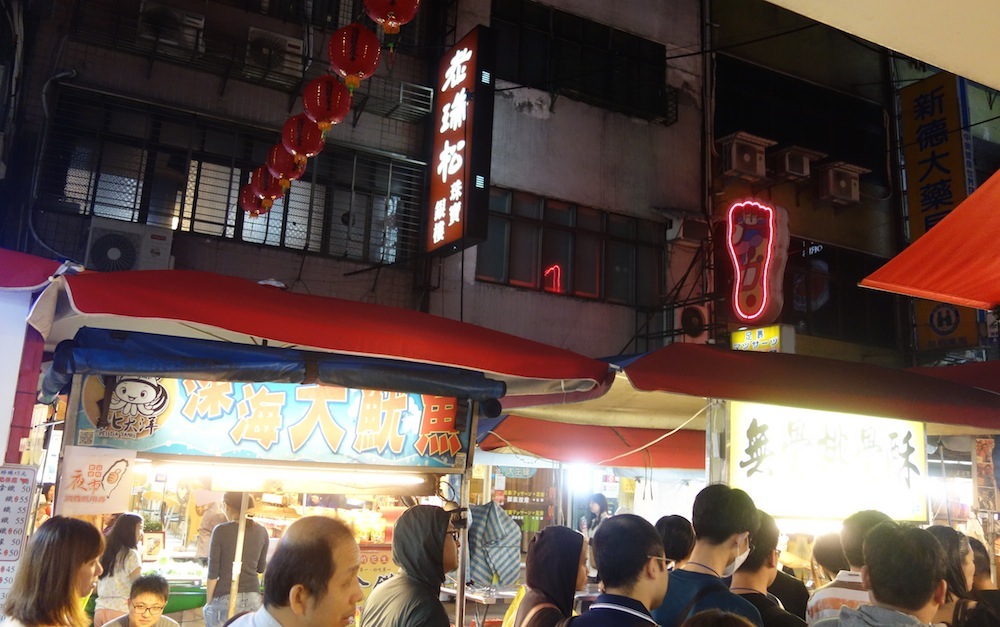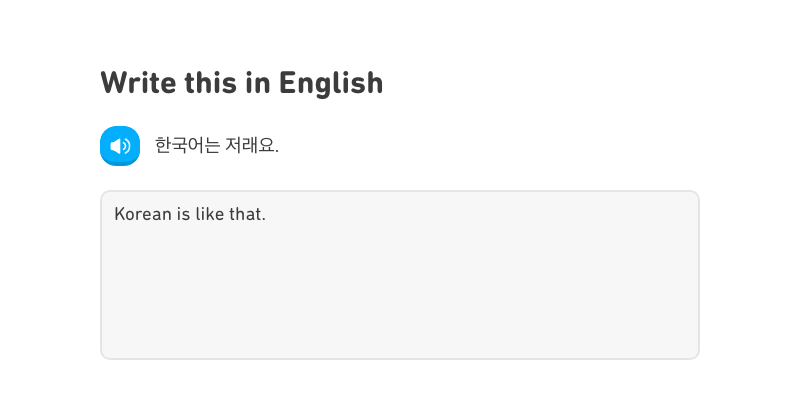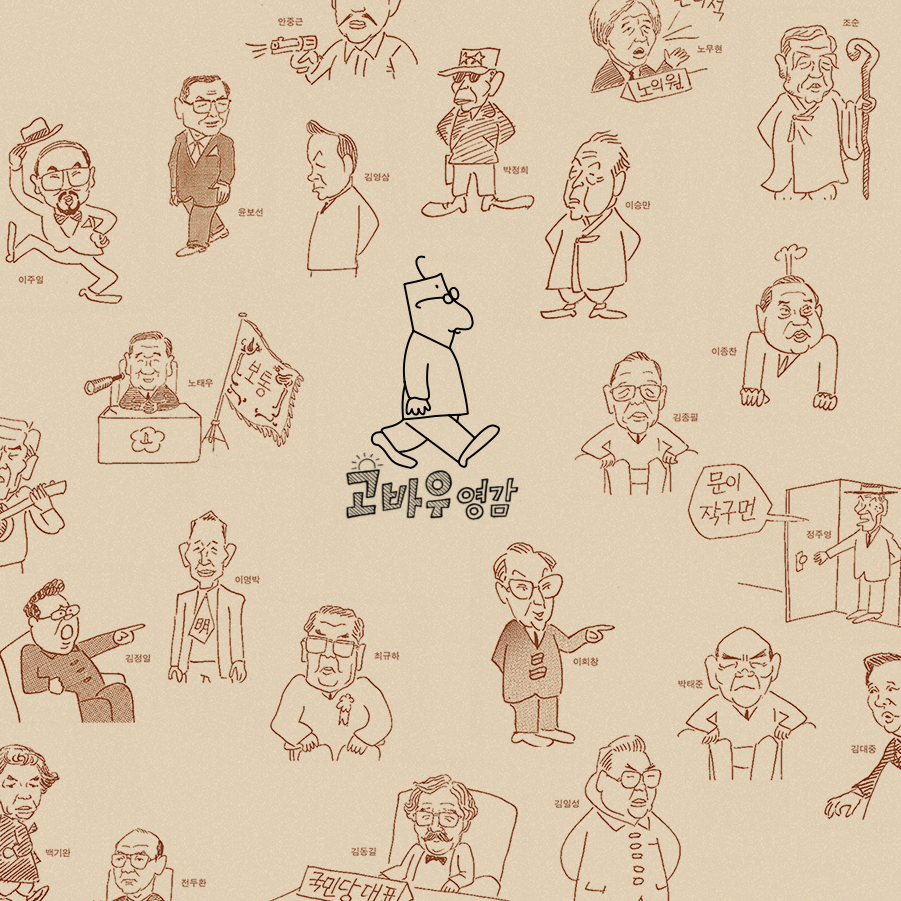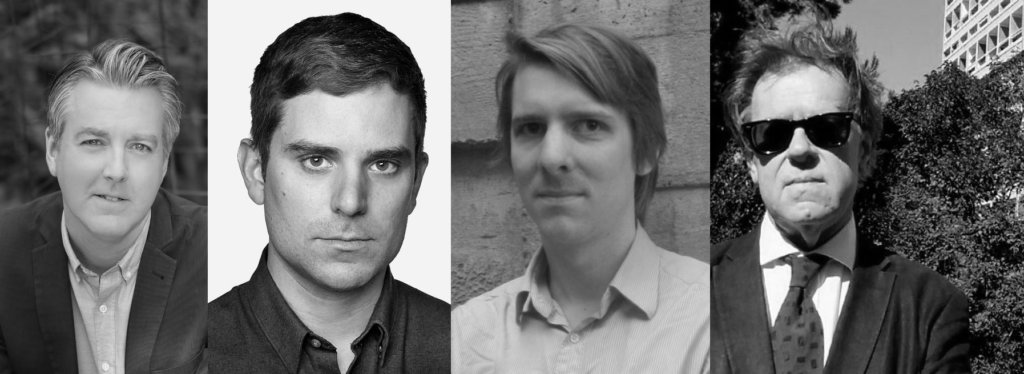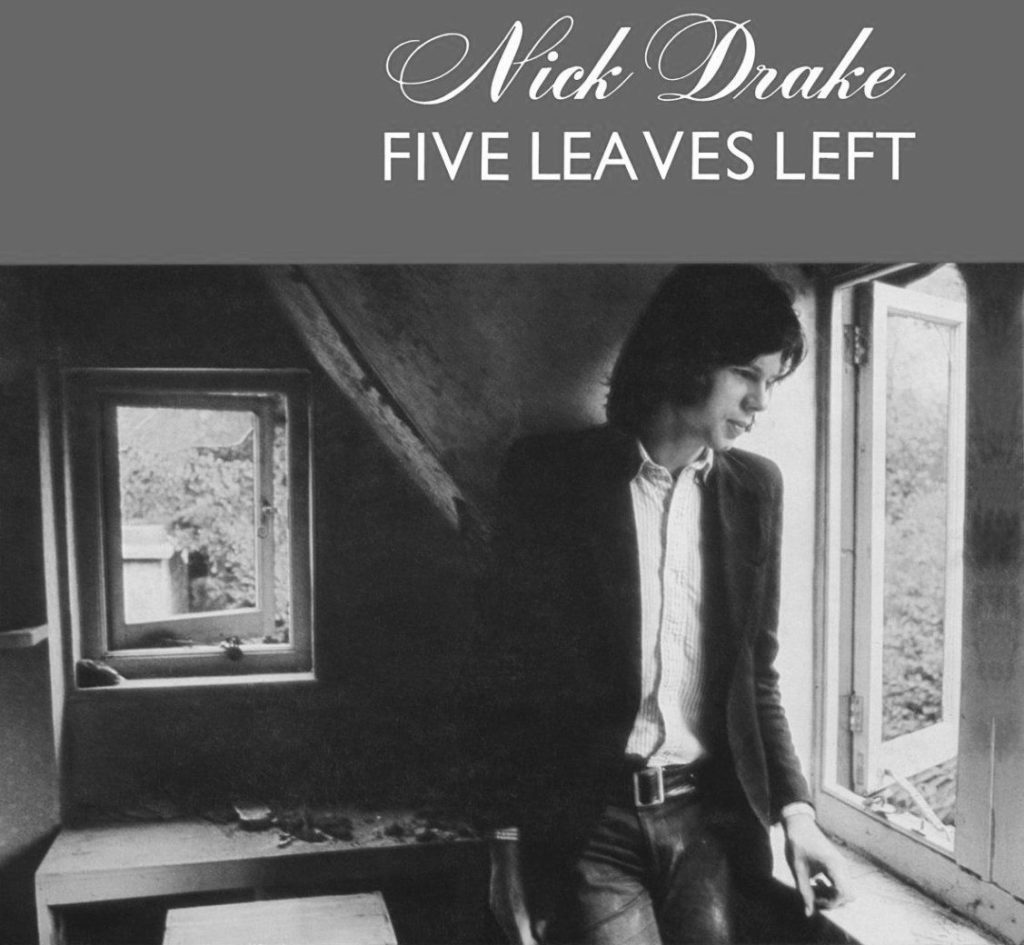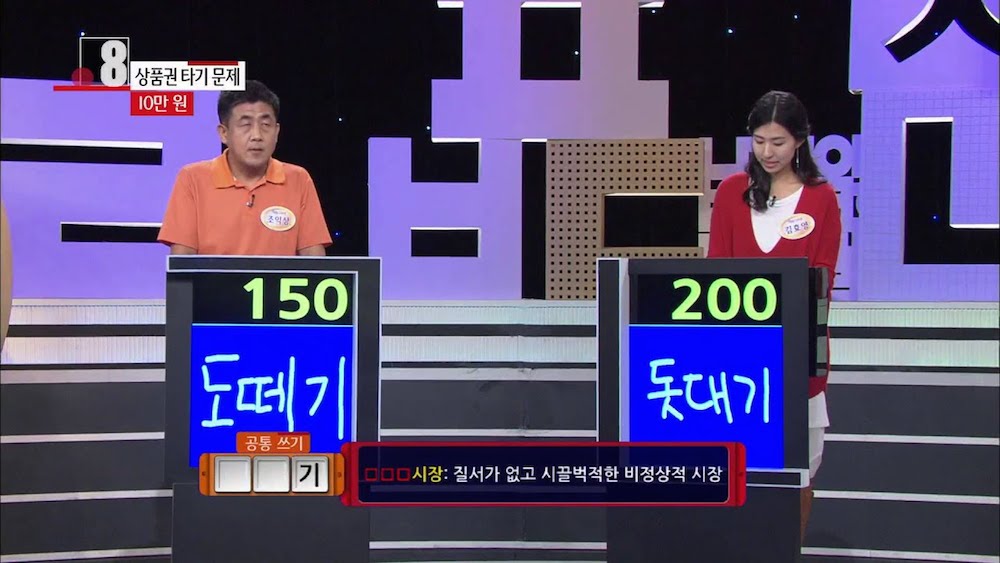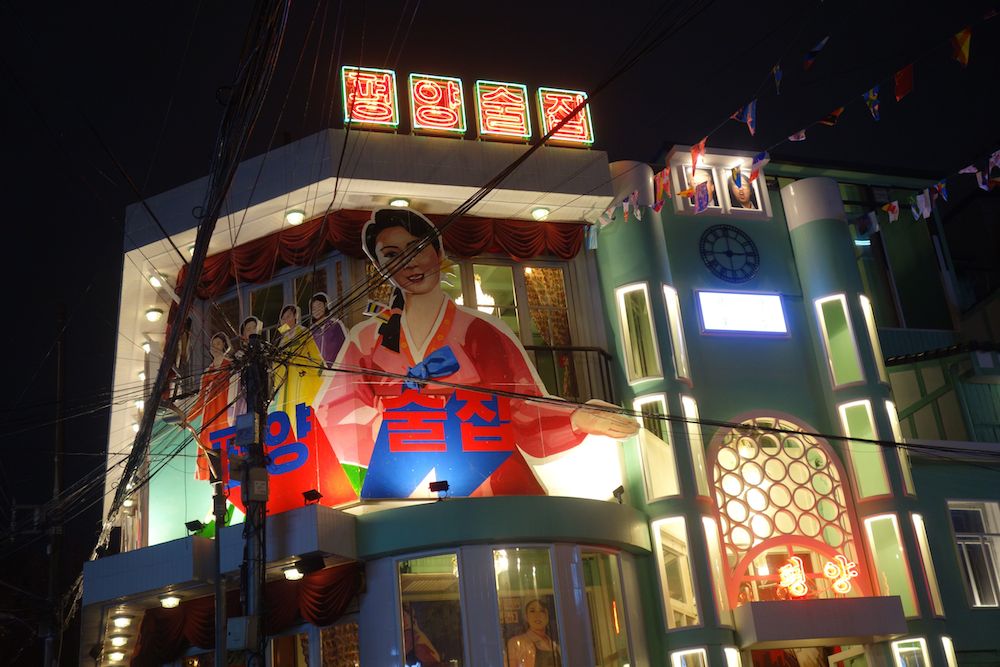
North Koreans aren’t especially hard to come by in Seoul. Here and there around the city I’ve had the chance to attend a few talks given by defectors from the other side of the border, the most recent of which happened as part of the Seoul Biennale of Architecture and Urbanism. That day’s North Korean was a 35-year-old guy whom the host asked to discuss aspects of daily life in Pyongyang, like dating culture and how girls there wear their makeup differently than they do in Seoul — at least to the extent that he could remember them. A small North-South cultural exchange club had done its part to bring him onstage, and as part of their regular series of events they also held a North Korean cooking class last weekend. There I learned to make ogeurangjuk (오그랑죽), a kind of porridge with rice, adzuki beans, and gnocchi-like dumplings made of potato, potatoes being an agricultural specialty of the North as well as the northernmost province of the South.
Our teacher was a genuine North Korean, a woman who’d arrived in South Korea just one year before I did. I wondered whether I would struggle to understand her Northern accent and vocabulary, but I needn’t have; not only did she speak more or less like a Southerner, she’d also acquired a Southerner’s command of English — or rather, Konglish — loanwords. (She also introduced herself with an English name, “Jessie,” which she uses on her North Korean cooking Youtube channel.) One of the shockinghan things she found upon arriving in the South, she told us, was how sweet Southerners eat their own porridges. Ogeurangjuk, by comparison, has what one might call an understated flavor, hence the bowls of salt provided at each cooking station. But the salt wasn’t enough for another of the Northerners present, a voluble young guy who helped out with the cooking and cracked jokes at every opportunity. He dug through all the cooking supplies in the kitchen until he came upon a bag of sugar, his exaltation at the discovery of which suggested a ready assimilation to Southern tastes.
But like a surprising number of others in his generation of South Korea-resident North Koreans, he didn’t take great pains to conceal his national origin. He even popped up in a recent Youtube video, produced for a channel created by national news agency Yonhap’s Unification Media Institute, about the Pyongyang Pub (평양술집), a newly opened eating and drinking establishment meant to give Seoulites a taste of the Northern capital. But by all appearances it does so less to encourage unification, or even to promote cultural exchange, than to capitalize on a potential trend, a practice not unknown in the South Korean marketplace. It has also benefited from stirring up controversy: it made the news back in September, before it even opened, when it was ordered to take down the portraits of former North Korean leaders Kim Il-sung and Kim Jong-il hung on the building’s exterior in the same manner — North Korea travelogues never fail to mention it — as they hang, by law, in each and every North Korean home.
Read the whole thing at the Los Angeles Review of Books.
